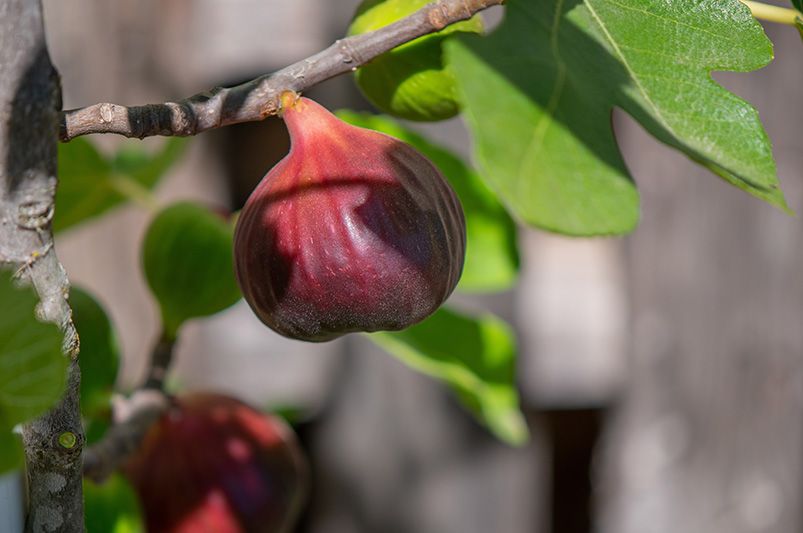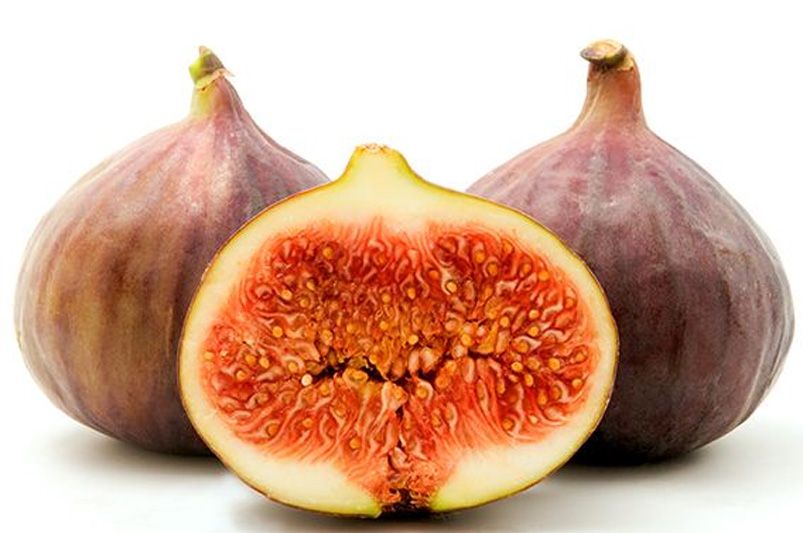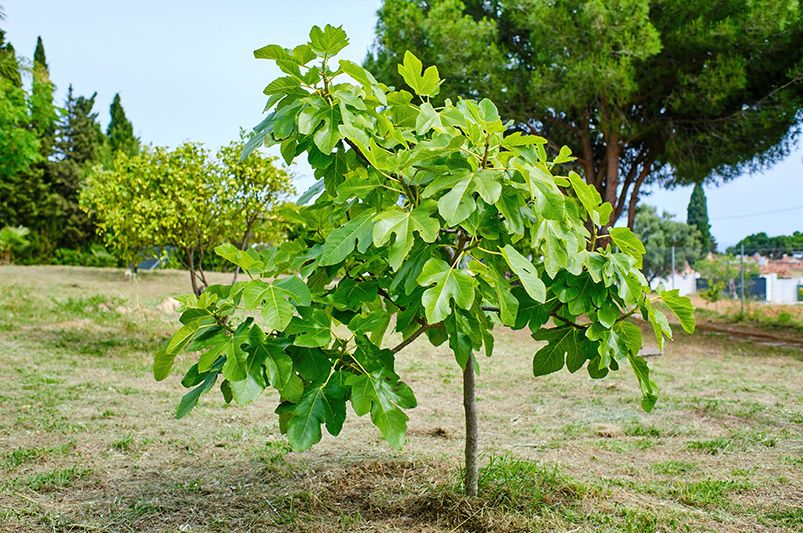
Everything You Need to Know to Grow and Care for Brown Turkey Fig Tree
Published: 12/03/2024 | Updated: 18/03/2024
The Brown Turkey Fig tree is a stunning tree that bears delicious figs. Nearly any landscape would be the better for it. And despite common belief, it doesn't take an expert to grow it. You'd only need to understand the tree so that you can provide proper care for it to thrive.


This is exactly what we offer you in this guide.
Where to Start?
In this article, we will go over all the essential information you need to understand and grow brown turkey fig trees. That includes their ideal conditions and problems to look out for.
General Information About Brown Turkey Fig Tree
Brown Turkey Figs, also known as ficus carica brown turkey, are fruit trees native to the Mediterranean region. To produce their sweet fruit, they don't need another tree nearby as they're self-pollinating. This makes them ideal to grow in areas where pollinators aren't abundant.
The brown turkey fig tree is named for the dark brownish-purple color of its fresh figs when ripe. You can eat fresh fruit fully, including seeds. Those figs make some of the most popular figs and have a very rich flavor and can also be made into jam or added to recipes and baking.
Physical Characteristics of Brown Turkey Fig Tree
The brown turkey fig are small tree with a mature size of 12-20 feet tall. They're not very fast-growing trees either, but they are vigorous. Those fig trees have glossy dark green leaves with silvery undertones.
It has a striped trunk. The bark of this variety has many different colors ranging from light gray/white stripes to darker brown/purple stripes depending on how much sunlight it receives during its growing season, with more sunlight leading to darker colors.
Harvest Time
Brown Turkey Fig Tree produces two crops. The first will be from late spring to early summer. The second will be from late summer to early fall. This harvest can sometimes extend to late fall. The two harvests make those fig trees even more popular.

Growing Conditions of Brown Turkey Fig Tree
The brown turkey fig tree is a tropical plant, which means that it needs warm weather and humidity to grow properly. It's heat tolerant as well.
Those fruit trees should generally be grown in southern states where temperatures stay above 50 degrees F (10 C) year-round. In the case of cooler climates, overwintering is recommended.
You'll need to have those growing conditions in mind:
Space
It needs plenty of space to grow. This is a vigorous grower, so make sure you give it plenty of room to stretch its roots and branches. It should be planted away from other trees or shrubs that may compete for resources like light and water.
If possible, plant it in an area where it will not be disturbed by construction or other activities over time.
Sun Needs of Brown Turkey Fig Trees
These trees need at least 6 hours of direct sunlight per day to thrive. If you live in an area with hot summers and little rainfall, full sun may not be the best option since it can cause the leaves to burn and drop prematurely.
The brown turkey fig tree can tolerate partial shade in that case. In normal circumstances, it prefers full sun because this gives its leaves more time to photosynthesize and produce energy for growth. A well-lit location will also help prevent many of the pests that affect this species from attacking your tree's leaves or fruit.
Soil Needs of Brown Turkey Fig Trees
Well-drained soil with a loamy mix that's slightly acidic is best for this tree. The best way to ensure this is through the use of organic matter, such as compost or manure. You can also add peat moss or leaf mold if you want to boost the overall acidity of your soil and help it retain moisture better than regular dirt would do on its own.
Retaining moisture is very important as a lack of water can lead to yellow leaves. But it's also important to not overwater so as to not cause root rot. Those fig trees can be planted in early spring or fall.
The ideal depth for planting a fig tree is at least 2 feet (60 cm), but if you don't have the space to dig that much, just make sure that your tree is planted at least 12 inches (30 cm) deep.

Watering your brown turkey fig tree
After planting your tree, water it deeply but infrequently for about two weeks until new roots develop. Once this happens, continue watering regularly throughout the growing season. Actual measurements will differ from one area to the other, but a rule of thumb is to water deeply at least once per week.
Fertilization of Your Brown Turkey Fig Tree
Fertilize every spring with an organic fertilizer. All Purpose Garden Soil Conditioner is also a good way to go.
Pruning Your Brown Turkey Fig Tree
Light pruning during late winter is preferred. By that time, your brown turkey fig tree will have gone dormant. Pruning will help improve air circulation and reduce disease, but it can also be used to control size, increase fruit production, and improve the shape of your tree. Remove dead or crowded branches to promote new growth.
Problems that Face Turkey Fig Trees
Bark splitting and cracking:
This is a common problem. It can be caused by the fig tree being over-fertilized. Or if the soil is overwatered.
Leaf blight
This is a fungal disease that causes leaves to turn brown and fall off prematurely. It's often caused by overwatering or planting too deep in the ground (where it's harder for roots to get oxygen).
Fruit splitting
If you see cracks in your figs, it generally means they're ripe. But sometimes it indicates they have insect damage or rot inside them. To avoid this issue altogether, wait until late summer/early fall before harvesting your fruits so that any potential problems have time to develop on their own instead of being harvested along with them.
Also make sure to prevent pests naturally by using neem oil, horticultural oil, or insecticidal soap.
If you're looking for a new tree to plant in your yard, the brown turkey fig tree is a great choice. It's easy to care for and will give you plenty of fruit in return. It's low maintenance and beautiful. This guide should help get you started with the brown turkey fig tree.
Taking care of your landscape and developing it is a life-long process. A joyful one. That is if you're always developing and building on a strong foundation that you're happy with. However, if you have a problem with the fundamental design, then trying to change the plants or other small aspects would be like treating the symptoms rather than the problem.
If this is your case, then have no worries. At Shrubhub, we're currently offering a 70% discount on all our design services, including our 3D landscape design. You only need to sign up here and a professional designer from our team will contact you as soon as possible.


